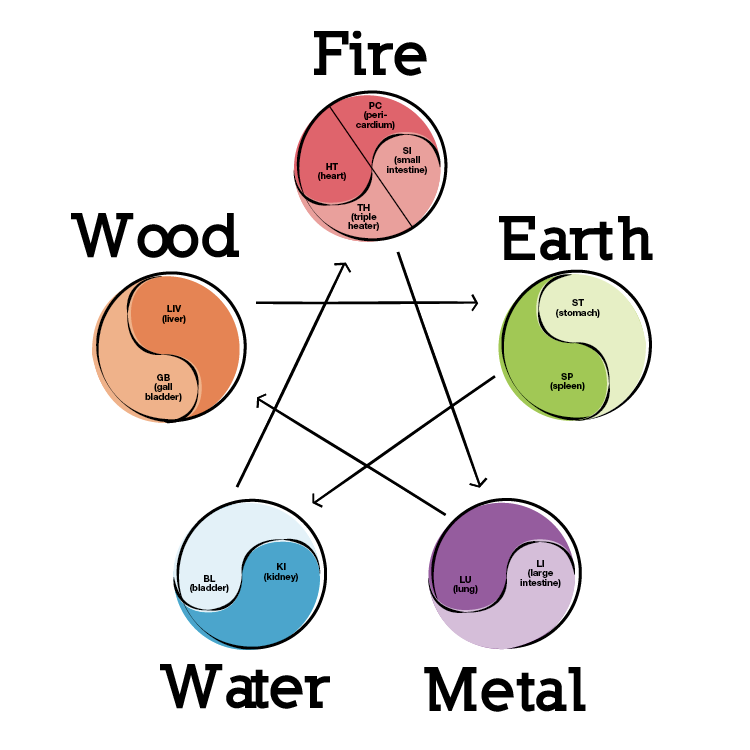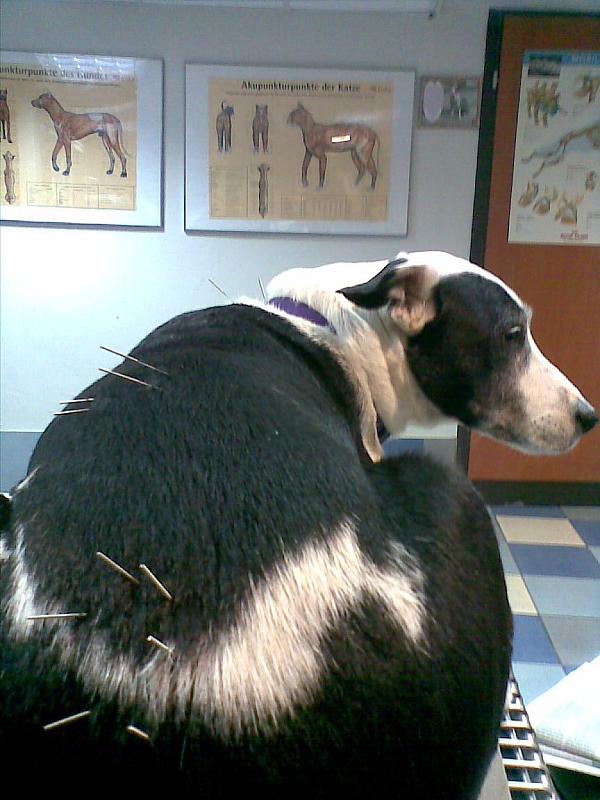Traditional Chinese Veterinary Medicine
Traditional Chinese Veterinary Medicine (TCVM) is a relatively recent introduction to the Western medical landscape, yet it has been a staple in China for treating animals for thousands of years. TCVM is derived from Traditional Chinese Medicine (TCM), which itself is a comprehensive medical system rooted in Chinese Daoist philosophy. While the origins of TCM can be traced back more than two thousand years through historical records, it remains a dynamic field that continues to develop. Modern research into practices such as acupuncture and herbal medicine is increasingly providing insights into their scientific mechanisms.


The 4 Pillars of TCVM
-
- Acupuncture: This technique stimulates specific points on the body, typically by inserting specialized needles. These acupuncture points are generally located along the body’s Meridian Channels, which are pathways for the flow of Qi. While many veterinary acupuncture points and Meridians are adapted from human models, certain “classical points” specific to particular animal species are still known and actively used today.
- Herbal Medicine: This practice involves the use of herbal ingredients, which are selected and combined according to the Chinese Herbal Materia Medica, to address specific disease patterns. In larger animals like horses, these herbal formulas are usually administered in powder form, while in cats and dogs, they are given as tea pills or capsules.
- Food Therapy: Food Therapy employs dietary choices to treat and prevent imbalances within the body. It incorporates the understanding of the energetic properties of food ingredients to customize diets tailored to the individual needs of animals.
- Tui-na: Tui-na, a type of Chinese medical massage, involves various manipulations applied to acupoints and Meridians. This method is used to enhance the circulation of Qi and adjust imbalances within the organ systems.
East meets West
Traditional Chinese Veterinary Medicine (TCVM) is often considered a complementary therapy that is most effective when combined with Western Veterinary Medicine (WVM). Each system has its distinct advantages and limitations. TCVM takes a holistic approach, focusing on the overall well-being of the patient with generally non-invasive treatments that have minimal side effects. However, TCVM does not have the capability to identify specific disease-causing agents such as viruses or bacteria, and is typically more effective for managing chronic conditions rather than acute ones.
Conversely, WVM employs modern scientific methods to diagnose diseases with high precision, and its treatments—through medications and surgical procedures—are potent and quick-acting. Nevertheless, the detailed focus on diagnosis in WVM can sometimes overlook the broader health context of the patient. Moreover, while WVM is highly effective in treating trauma and acute medical issues, it often falls short in managing chronic ailments, such as liver failure or atopy, conditions where TCVM methods like acupuncture and herbal medicine can be particularly beneficial.
Integrating TCVM and WVM can provide a more comprehensive veterinary care system, leveraging the strengths of each to address the weaknesses of the other, and offering a balanced approach to animal health.

